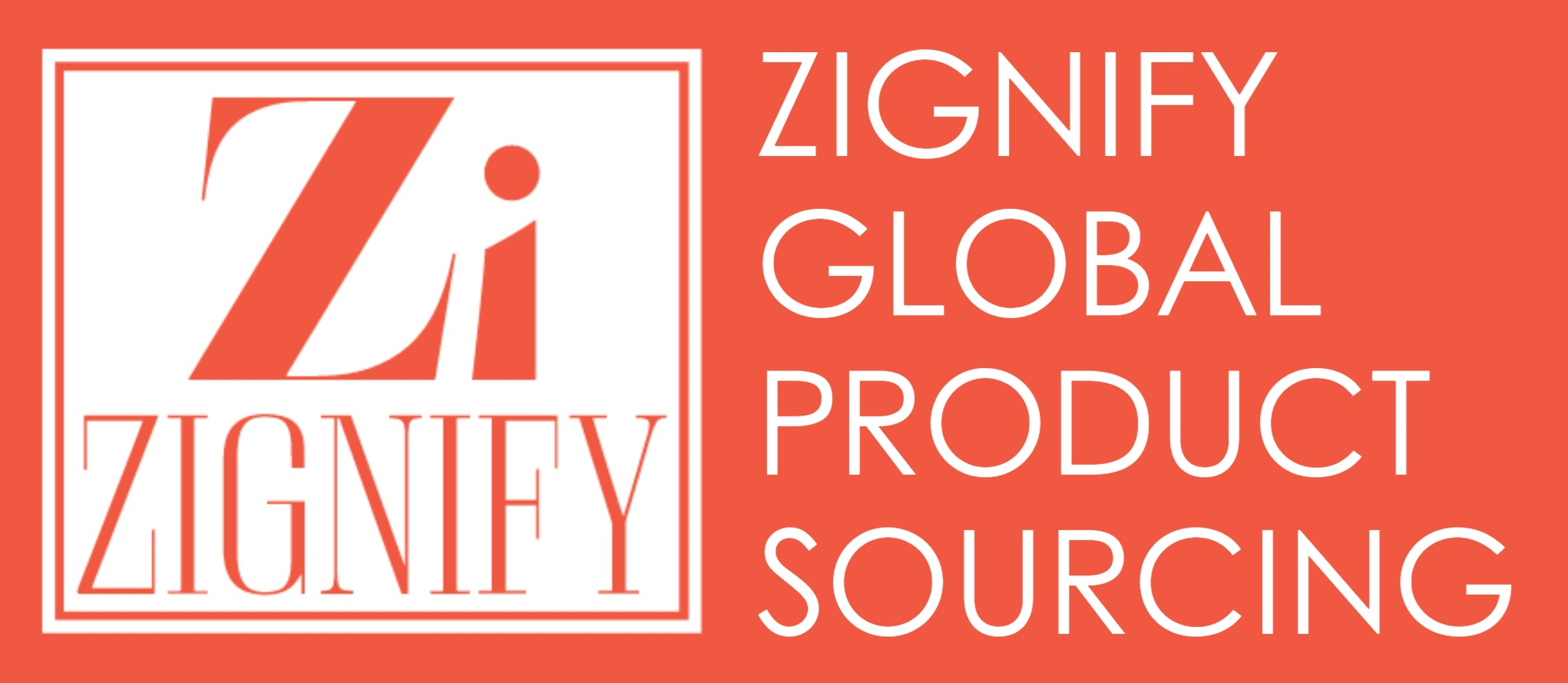Its always an exciting time for retailers when they are able to create and develop a unique product. When an organization develops a brand-new, distinctive product this means room for potential future expansion. If you have don’t have that idea, its still okay.
We recommend that you look around you. Afterall, ideas are born from what surrounds us! Pay attention to what your friends and family say they wish someone would make. You’ve discovered an opportunity that no one else has.
Once you’ve developed your first idea, you’ll need to do market research, define your target audience, test your concept, develop your product, and market it to the public. We understand that it can be a daunting task when you’re a beginner in the manufacturing world and that the manufacturing path can seem difficult. This article will examine new product manufacturing for your company, from concept through mass production to your store.
Protip: Many people think its useless hiring consultant who can help them but we advise why not consult a person who knows more about manufacturing than you do? They can help avoid pitfalls that could cost you ten times the consultation price tag in the long run.
Learn from us the fundamentals of bringing a new product to market, to assist you in getting started with your own idea.
Step 1: Construct a product concept
There are steps involved in the activity of product conception. Mainly by understanding the problem at stake and the solution the product settles. The process must later move from product conception to manufacturing. When new innovations and technology are introduced into a product, the Proof of Concept is frequently used.
Your finest ideas could originate from resolving a personal frustration, or drom addressing a gap in your day-to-day life. Here are critical questions:
- Who is your target market?
- What is your target market intended for?
- Who will use it?
- Is there a need for your product and who are your competitors?
- What is the competition for this product?
All these questions solved will create a great product concept.
Don’t want to spend money on product development? Consider selling private label items, in which you take an existing successful products and customize them with your branding or minor adjustments.
Step 2: Develop a prototype

Before you think of looking for a manufacturer, you need to develop a prototype of your product. A product prototype is an original version on which something is patterned. To build a prototype, make a thorough concept sketch or design.
In this step, you should feel free to experiment and get creative. The goal should be to visually represent as many concepts as you can. You should ideally have two concept sketches:
- An illustration of the product’s design in its finished state
- A technical drawing illustrating the product’s specs, construction, and functionality.
Once the prototype has been made, you should make that it functions effectively and that there is a market for it. Use the product to determine whether you enjoy it, as your opinions about the product can affect success.
Step 3: Look for a manufacturer
Finding a manufacturer is a difficult and time-consuming procedure. Finding a manufacturer isn’t an issue because there are hundreds of companies in the world. Finding one that meets all of your demands is the challenge.
Having created a prototype, in the sections that follow, we’ll assist you in looking at a few of the resources you might employ to find a manufacturer. The first thing you need to do is decide what you want your manufacturer to do.
We always recommend that you reach out to several manufacturers and ask them about their costs and minimum order quantity (MOQ) for custom products.
When looking for a manufacturer, look for some of these characteristics:
- Reliability
- Capability
- Fully licensed
- Good reputation
- Good legal record
- Consistently good product quality
What about overseas or local manufacturing?
Don’t give up on a very dependable overseas manufacturer due to delivery if they are trustworthy and provide a lower price per item, even with shipping. On the other hand, picking a local manufacturer is your only option if you want extremely quick delivery and a company you can physically check with every few days.
Step 4: Compare notes and quotes
After careful consideration of the suppliers you want for your product, it’s good to understand that this process is vital towards reaching your next goal. Before you make a purchase, manufacturers will send you quotes—price estimates based on your needs.
Step 5: Visit your manufacturer and test
It’s crucial to test and approve your product after it’s finished and improved. Setting your production terms and completing the paperwork here will allow the manufacturing process to start.
Step 6: Order samples
Before mass manufacturing, the procedure of creating samples should be covered. The significance of a golden sample cannot be overstated, especially if you wish to create successful items and outperform your rivals.
To receive clearance for an optimal golden sample, it can take numerous evaluations. However, the finished product satisfies all specifications for its intended use. Samples are used to identify any design or performance issues so that they may be addressed before production. Send your manufacturer feedback on what you wish to change.
Step 7: Quality testing
While first impressions can be used to examine the design of your product, quality testing is required to establish its durability in real life. Product testing should mimic how customers would use your product and induce everyday challenges so that you can assess its performance over time.
Step 8: Quality control
Starting at the beginning of your manufacturing journey, professional quality control and assurance specialists should be performing various quality checks: updating and fixing the files you submit, creating thorough inspection reports in the warehouse, and thoroughly inspecting each and every part you order before sending it your way.
We take great pleasure in our dedication to offering the highest quality assurance. In order to ensure that you are always satisfied with the outcomes, we use highly qualified professionals to triple-check all of your files and parts both throughout the quotation process and on the production floor.
Step 9: Let manufacturing begin
Your manufacturer of choice will then produce your prototypes or enhanced custom parts utilizing methods like 3D printing, CNC machining, or injection moulding, to mention just a few of the services we provide at Zignify Global Product Sourcing.
Step 10: Plan the logistics

Once the manufacturing process is complete, the goods will be shipped. To ensure that your customers or investors are happy, you must plan every step of the manufacturing and delivery processes.
After receiving the products from the manufacturer, you must examine and carry out multiple quality checks and inspections on each one to make sure it meets the specifications. Reject any substandard items because accepting faulty products increases the cost of goods supplied.
At this point, you may think of applying for a patent for your product; however, it is by no means necessary.
Pro Tip: Finally, we must emphasize how crucial it is to build a strong working relationship with your manufacturer. These are the individuals who will make your product a reality. Having them on your side is worthwhile.
Wrapping it all up
Our step-by-step guide on how to find a manufacturer and create a product has provided you with the information you need to create your own product. The process needs a lot of research and planning, but, in the end, you will outperform most startups in both quality and delivery time.
One of the most thrilling and rewarding things you can do is create a new product from scratch. To free you from the trouble and allow you to concentrate on what truly matters—bringing your product to life—Zignify Product Sourcing Company undertakes all the hard work for you.
